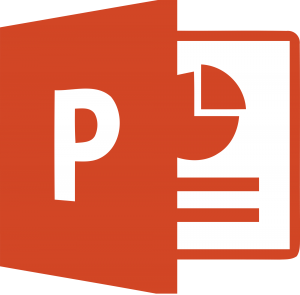
Microsoft’s PowerPoint application has been around for a long time. It’s a powerful tool that supports and enhances live or online presentations to individuals and groups. For optimal results, create PowerPoint presentations in a way that organizes and simplifies content, reinforces verbal and visual cues, and engages audiences. To accomplish these goals and produce winning presentations, here are seven “best practice” tips. If you follow these suggestions, the more likely it is that your audience will receive the content in a constructive and positive way and that you will achieve your desired outcome.
7 PowerPoint Best Practices
1. Create an outline of the proposed content first. By taking this step, you increase the likelihood that the information you are presenting has a logical flow and sequence that will be easy to understand.
2. Incorporate charts, diagrams, illustrations, photos and videos throughout the presentation. Additionally, use animation, sound and links to connect to other relevant material. Graphics increase audience interest and engagement.
3. Keep text to a minimum. Limit the number of lines and the number of words on each line to seven, whenever possible. The principle here is to support, not replace the speaker or presenter.

4. Prepare handouts to supplement PowerPoint presentations. In this way, participants will have takeaway materials to reinforce the content you presented.
5. Develop a branded design. Use a maximum of three colors. Light backgrounds with dark text work best. Select a font size big enough for everyone to see, especially in a classroom environment.
6. Make presentations interactive. One way to do this is to include slides with questions to address during the presentation and identification of next steps to take.
7. Add contact information to the first and last slide. This makes it easy for participants to reach out to you after the presentation.
Practice Makes Perfect

Remember, people learn differently. That’s why it’s important for presenters to use as many channels as possible. Visual aids, auditory, writing, dialogue and exercises facilitate maximum impact and produce the best outcomes. Here’s one more suggestion: rehearse before presenting. To have the humility to prepare is a sign of a true professional. In the end, this step ensures a more successful delivery.
